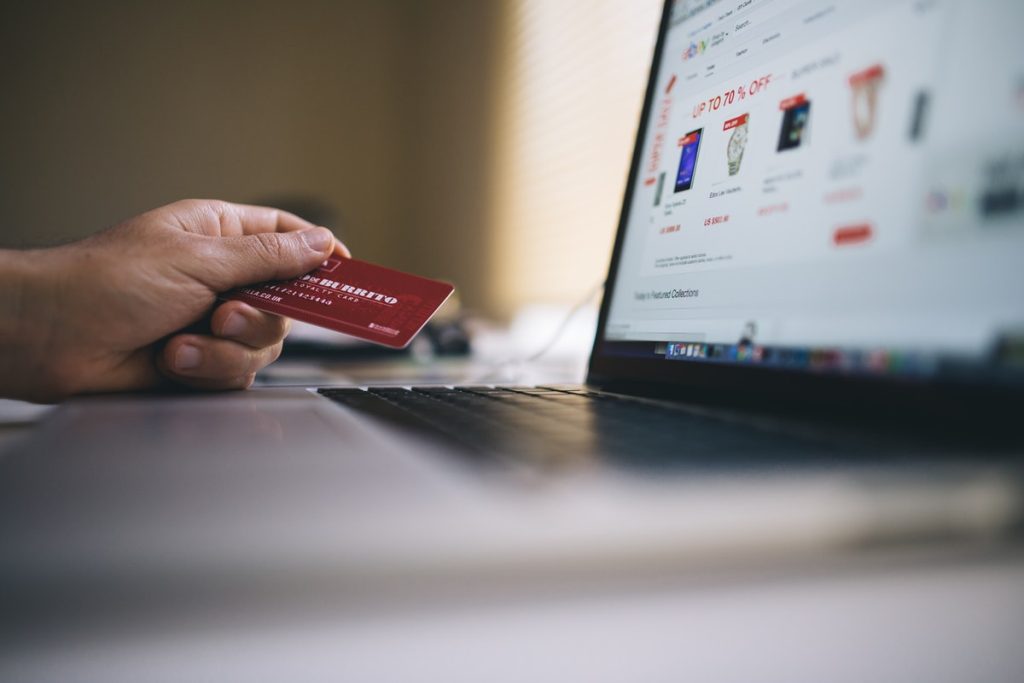Most people use a smartphone to find a product or service online. The search, for some, will end up in a purchase, making e-commerce businesses popular. The growth for e-commerce is huge, propelled mostly by the pandemic limiting consumer movement outside and forcing some brick and mortar stores to offer online services. U.S. sales projected to reach the $1 trillion mark in 2022 for the first time.
But along with the massive growth is fierce competition, from major e-tailers and recognized brands to strong startups. Your e-commerce business may be in an industry that’s bound to be profitable, but how do you get a lucrative cut of the pie if consumers are seeing other online stores?
Two words: brand differentiation. Differentiation allows your business to set itself apart from other businesses, highlighting superior aspects of your brand that deliver several benefits to the target customers.
How do you set your brand apart as an emerging e-commerce business?
-
Table of Contents
Limit availability
This counterintuitive way of gathering profit differentiates your brand from others, by making a profit through higher rates. The idea that not everyone can have your product, creates an exclusivity that draws that increases demand and encourages people to pay higher rates.
One example comes from ice cream giant, Ben & Jerry, often announces a limited production of certain flavors and then retires them. They witness an ample number of sales during this period.
-
Knock off shopping cart abandonment
A common problem that e-commerce websites face these days is shopping cart abandonment. Customers search through a product, select one, put them into the cart and abandon the cart without completing the check-out process.
The reasons could be high delivery charges, forced registration and poor website performance. Find out why shoppers are not completing their shopping experience and resolve each issue.
-
Provide a secure platform to the client
Consumers won’t be able to trust your e-commerce business if they think their data is going to be hacked. Tell your shoppers that their information is safe through trust badges. Sites with trust badges will be the preferred business because that badge will put consumers at ease.
Another recent security feature that lets you differentiate from the rest is the installation of an SSL certificate. The green padlock on the address bar shows that you are secured through an SSL certificate and the data transmitted through your site cannot be deciphered by a third-party source.
You can look for some discounted SSL certs, like Comodo SSL certificate, cheap Rapid SSL certificate or go with wildcard SSL certificate (to secure subdomains), like Cheap PositiveSSL Wildcard certificate or DigiCert wildcard SSL. They are not only affordable but also reliable in terms of security.
-
Prompt and speedy assistance
No shopper likes to wait.
Make sure you have a good and strong customer support system that lets you increase the conversion rate. Let every page have your contact details like toll-free number and email address. To make things better install live chat assistance on every page, especially your checkout page. This will help the customer get a resolution to their queries in no time and help you deal with shopping cart abandonment.
-
Strong images and content
Good product photos inspire purchases. And compelling descriptions inform and entice shoppers to click “add to cart.” So make sure your products have the appropriate images; that they’re not just visually pleasing, but also clickable to zoom in on details and be seen from every angle.
As for product descriptions, they must not provide the right information on the features and specifications. They must highlight why these products are beneficial to the shoppers.
-
Multiple payment options
Consumers prefer options when it comes to payments. Don’t restrict them to pay only through debit or credit cards. Offer alternative Payments Methods, mobile wallets like PayPal, Apple Pay, Amazon Pay, and Google Pay. Look into digital currencies or cryptocurrencies like Algorand. Consider buy-now-pay-later solutions, like Afterpay, Sezzle and Klarna,
-
Build client trust
It takes years for businesses to establish trust. And it all starts from day one of your business. Your e-commerce site must look reliable and credible. Your products must be of high quality and dependable. Your branding must be authentic with each consumer interaction and authoritative in its market.
Invest in building trust, and your business will always have customers.
-
Focus on pricing and promotion

Pricing and promotion are important pillars of e-commerce. But you must get the right balance on offering a high price or offering a lower price in comparison to the competition. Although a lower price may be preferred by some customers, most will not compromise on quality to save money.
-
Go for personalization
Personalization is something that brings you a step closer to your buyer. Don’t go for approaches that have a one-to-many policy. Rather go for one-to-one policy.
This means that focus on a particular sector of society, knowing what they need, how they buy things and what will draw their attention to your brand. If you will let your focus disperse, then you might fail as an e-commerce company.
-
Deliver what you promised
You need to be the man of your words to build in customers for your website. Once you mention a delivery date make sure to deliver the products on that date or probably before that. Even a delay of a single day might result in losing customer trust. E-commerce giants like Amazon have been able to build such a huge reputation due to their quick and easy delivery services. Incorporate a tracking feature within the website to let buyers track their belongings with ease.
Brand differentiation is not just a single day process; it requires consistent improvements and evaluations to ensure your strategies are right for your business. Whatever strategy you decide, make sure you’re committing to its application and that it’s delivering the lucrative results for your e-commerce brand.



